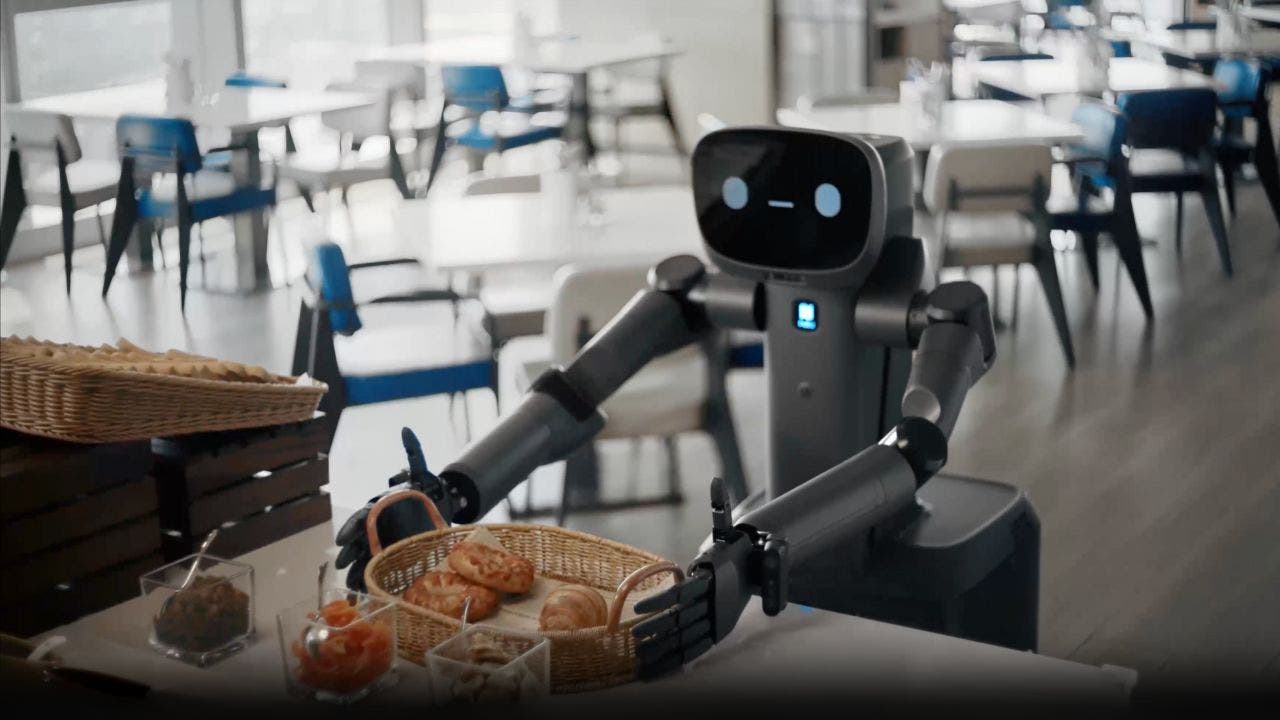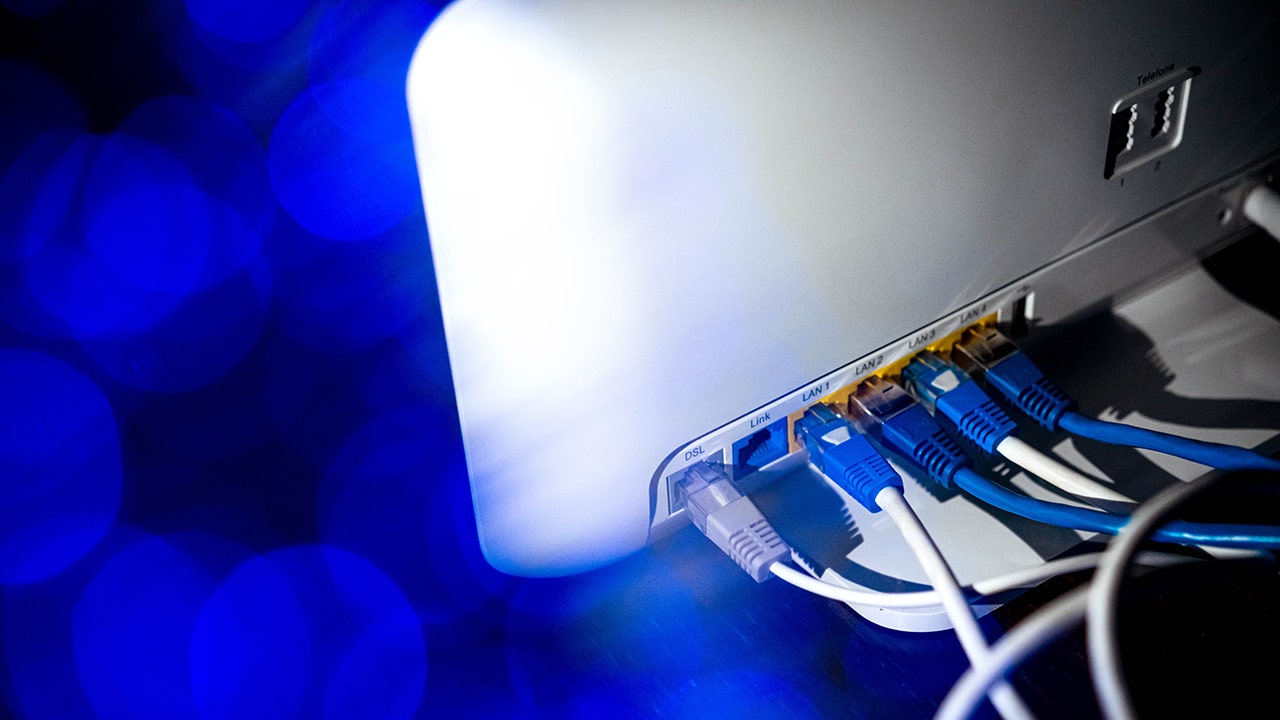Is this robot after our hospitality, retail and healthcare jobs?

As you go about your daily routine, whether it’s dining out at a restaurant, seeking medical assistance at a healthcare center, or checking into a hotel, you may soon come across a new type of robot in these settings. Known as the FlashBot Arm, this innovative creation is the brainchild of Pudu Robotics. Unlike traditional robots, the FlashBot Arm combines advanced manipulation capabilities with intelligent delivery features, setting it apart as a significant advancement in the service robotics industry.
The FlashBot Arm is an enhanced version of Pudu’s FlashBot Max, a wheeled cube used for autonomous item delivery within buildings. This upgraded model boasts two robotic arms with seven degrees of freedom each, along with dexterous hands featuring 11 degrees of freedom. These features enable the robot to perform a variety of tasks, such as pressing elevator buttons, swiping card keys, and carrying objects with ease. The versatility of the FlashBot Arm allows it to adapt seamlessly to different tasks without the need for costly modifications to existing infrastructures.
In terms of specifications, the FlashBot Arm measures 21.22 x 20.28 x 56.7 inches and weighs 33 lbs. It has a battery life of up to 8 hours on a single 4-hour charge and can automatically return to the charging station when the battery is low. With a maximum reach of 6.6 feet for both arms, a 10.1-inch touchscreen display capable of displaying facial expressions, and advanced navigation technologies like VSLAM and LiDAR SLAM, the FlashBot Arm is equipped to navigate complex environments and avoid obstacles in real time.
One of the standout features of the FlashBot Arm is its ability to navigate autonomously through complex environments. By utilizing advanced VSLAM and laser SLAM technologies, the robot can create detailed 3D maps, enabling it to move through spaces and avoid obstacles with precision. This capability is particularly valuable in settings like hotels, where traditional robots often struggle with elevator navigation. The FlashBot Arm overcomes these challenges effortlessly, enhancing service efficiency by handling tasks such as item pickup, elevator operation, and delivery with precision.
The robot also incorporates cutting-edge large language models that enable it to engage in natural conversations with people. Through these interactions, it can understand verbal delivery instructions, coordinate with other robots, and analyze tasks for efficient execution. This conversational capability makes the FlashBot Arm a more interactive and responsive tool, providing personalized service tailored to specific needs.
The FlashBot Arm has applications across various industries, including hotels, restaurants, retail spaces, and healthcare facilities. In hotels, it can autonomously deliver items to guests and navigate elevators. In restaurants and retail settings, it assists staff by transporting goods and interacting with customers. In healthcare facilities, it supports medical staff with logistical tasks like moving supplies.
Safety and user interaction are key considerations in the design of the FlashBot Arm. Equipped with high-precision sensors like RGBD cameras, LiDAR, panoramic cameras, and pressure-sensitive skin, the robot can navigate safely and stop immediately when encountering obstacles. Users can interact with the FlashBot Arm using voice commands, gestures, or its expressive touchscreen face, creating a natural and intuitive experience.
The FlashBot Arm is priced at approximately $28,000 and is available through authorized distributors in the U.S. Pudu Robotics has established a presence in the U.S. with headquarters in Santa Clara, California, and a fulfillment center in Hamilton, New Jersey. This ensures that businesses across the country have access to this advanced robotic assistance solution.
In conclusion, while the FlashBot Arm represents a significant technological advancement with the potential to streamline tasks and enhance services, it also raises concerns about automation and potential job displacement. As automation continues to expand, it is essential to find ways to balance innovation with workforce stability and adapt to the changing landscape of technology in the workplace.




